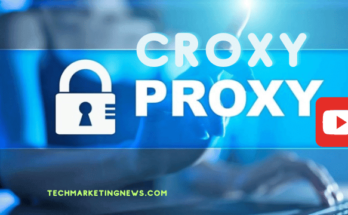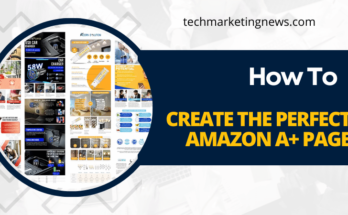Amazon Prime is a subscription service that gives its 100 million members access to a variety of perks, like Amazon Prime Video streaming, discounts at Whole Foods, and exclusive deals on Amazon Prime Day. The biggest perk, however, is free one or two-day shipping on select products.
With this many members, it’s no wonder why brands that sell on Amazon want their product ASINs to be eligible for Prime. Although Prime members do still purchase non-Prime products, having Amazon Prime means your products automatically have a large, devoted customer base who are actively looking for that Prime logo. The Prime logo is a trust mark to the consumer that Amazon is going to take care of them through fast, on-time shipments, quality products, easy returns and customer service. Trust is a considerable component for consumers when buying online, which is the reason conversion is 2-5 times higher for Prime eligible products.
Where Does my Company Begin?
There are two different avenues for your products to become Prime eligible on Amazon: through Vendor Central or Seller Central. The main difference between Vendor Central and Seller Central is who is selling your products. With Seller Central, you (the seller) sell your products directly to Amazon customers. With Vendor Central, Amazon buys and resells your products to their customers. To begin, first determine which platform you will use.
How to Become Prime Eligible if you are on Seller Central
If your brand is on Seller Central, you have two options for becoming Prime eligible. The first, and most common is a program called Fulfilled by Amazon (FBA). FBA is one of the most robust fulfillment networks in the world. When your brand is a part of FBA, you send your product into Amazon’s fulfillment network. When a customer orders the product, it will be an Amazon warehouse worker that picks, packs, and ships your product to the customer and provides customer service relating to fulfillment. FBA helps companies scale by managing inventory and fulfillment for them, and by offering free 2-day shipping in a cost-effective manner for all parties. Once you are on FBA, your products will automatically be eligible for Amazon Prime.
If you do not want to utilize FBA and would rather have total control over your delivery process, there is another, less popular option through Seller Central called Seller Fulfilled Prime (SFP) – but only 7% of sellers use it, and it currently has a waitlist. SFP is the program that allows you to ship from your own warehouse. Sellers can still receive the Prime logo under SFP as long as they continue to meet the same stringent criteria that is set for FBA (2-day shipping, on-time shipment, excellent customer service, etc). SFP is a great option for customers whose products require cold-chain shipping control or contain hazardous or very fragile material (as FBA is not equipped to handle these types of products). However, it is becoming harder and harder to be accepted into SFP and therefore less commonly used by sellers.
How to Become Prime Eligible if you are on Vendor Central
Vendor Central is an invite-only program depending on your product and category. If your brand is on Vendor Central, you will automatically be enrolled in Amazon’s Fulfillment Network, which is equivalent to FBA. Amazon submits a Purchase Order and buys your products directly from you, the brand manufacturer. They will then pick, pack, ship and provide customer service on your behalf, just like FBA. Once your brand is in Amazon’s Fulfillment Network, you are Prime eligible.
Amazon Prime is Not Always a Bed of Roses
Although the benefits are massive, there are also a few challenges with having a Prime eligible product.
Despite having the number one trusted brand and one of the most robust fulfillment centers in the world, Amazon’s centers are not shelf stable. Additionally, if you have a product that does not sell frequently, you will incur storage fees. FBA storage fees are based on the size and weight of the shipment. If you have large and/or heavy products, or if Amazon adds additional bubble wrap or tape, added fees can grow rather quickly for a small business.
If you are selling through Vendor Central, Amazon can create challenges, as well. Amazon has rigid policies that can result in tedious chargebacks and deductions. Amazon often orders in small quantities, ignoring brands’ preferences for master-case and minimum order quantities. Amazon may also ask brands to ship to dozens of fulfillment centers for the same item – adding additional costs. The most successful brands recognize that having a Prime eligible product is essential for success on Amazon and make adjustments to meet their requirements – whether they sell through Seller Central or Vendor Central. Keep in mind, if you adjust your processes to meet their requirements, you will still be expected to maintain best-in-class Vendor Lead Times.
Amazon’s website is a helpful starting point for finding some of the answers you are looking for and to learn how the process works. However, keeping their support high-level works to their benefit – as they capture added fees from brands who do not figure out the details themselves.
Fortunately, there are many providers out there who can help through outsourcing and streamlining operations through consulting. If you have questions about navigating the Prime eligibility landscape,




